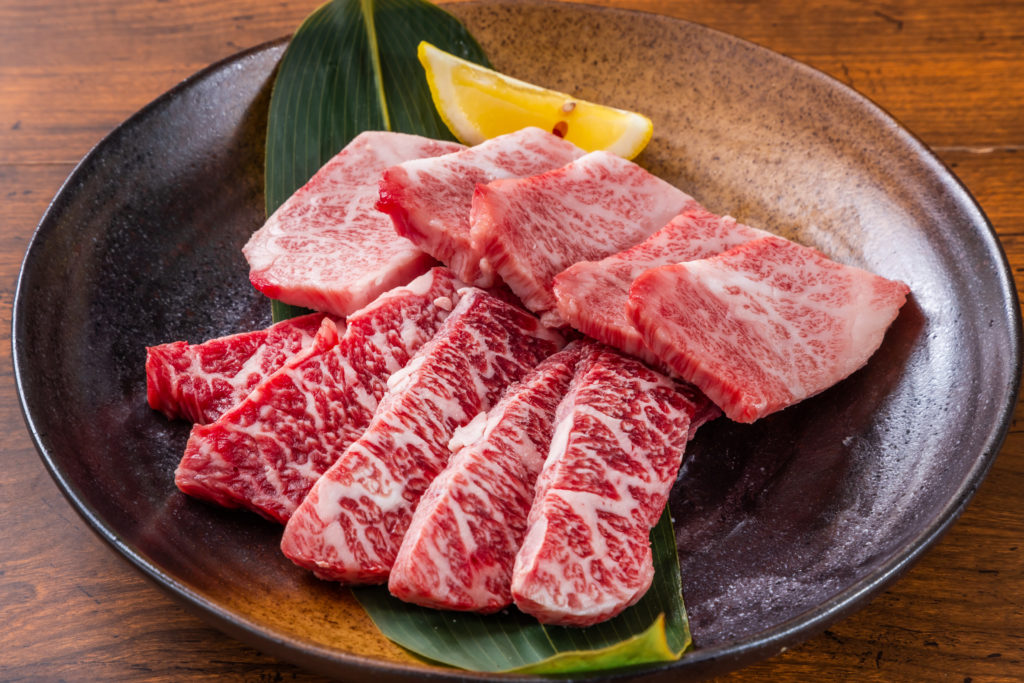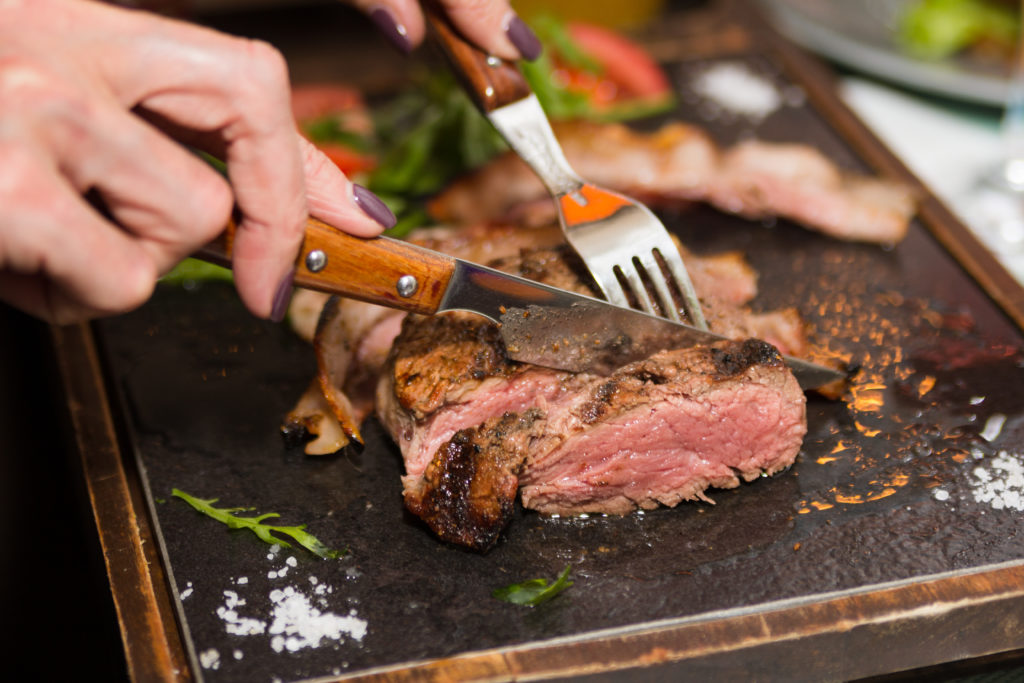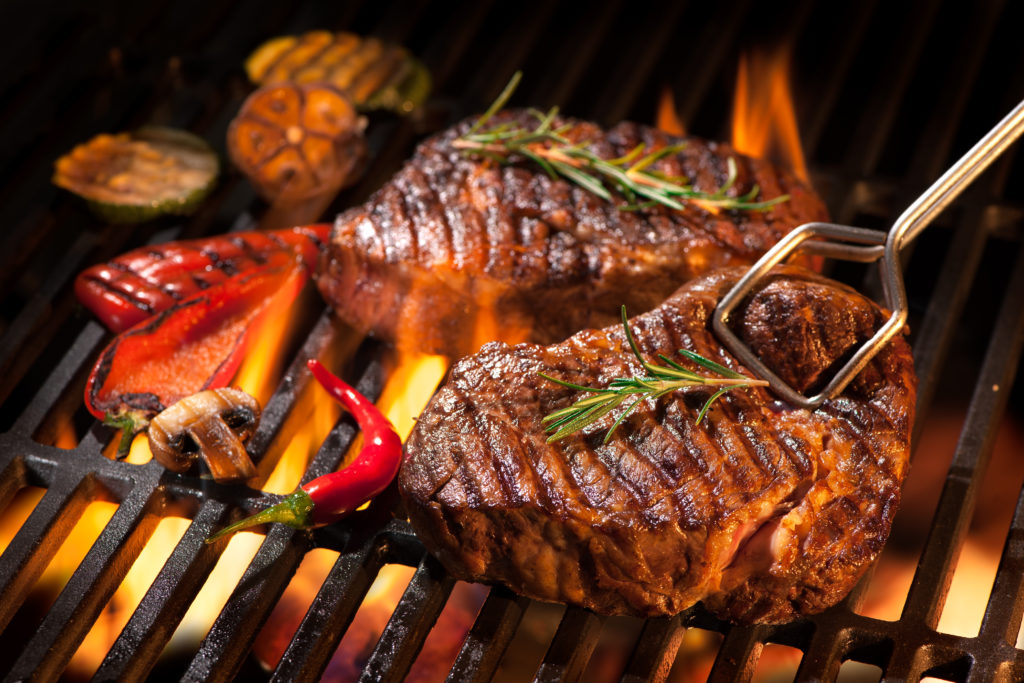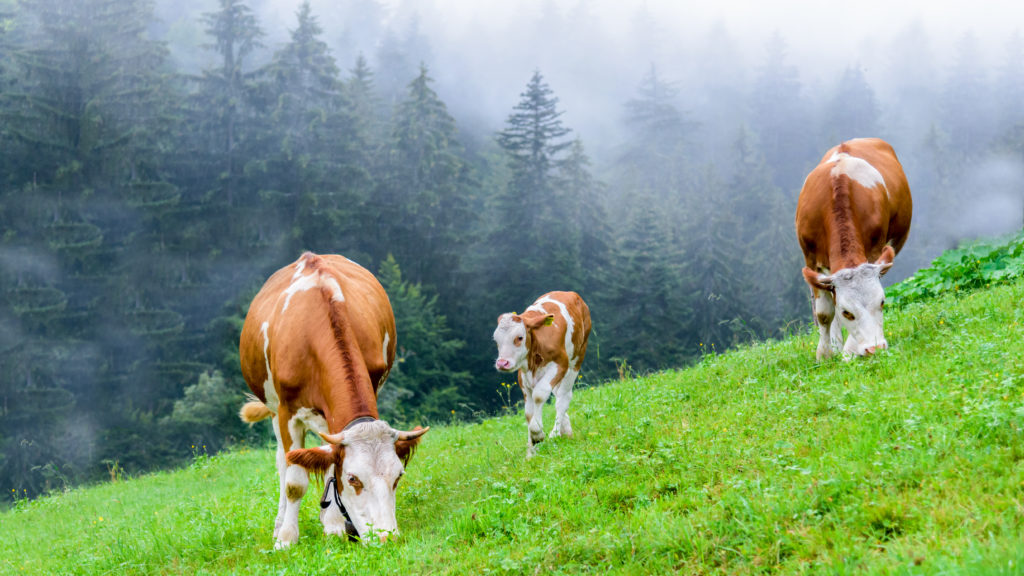Do you enjoy red meat but feel compelled to eat it only once in a blue moon because it’s not as ‘healthy’ as other sources of protein?
There are many theories surrounding the health benefits of red meat and sometimes it can be difficult to differentiate between information that’s true and not.
So, to cut to the chase, we spoke to Dietitian, Mary Easaw to clarify common questions surrounding the health benefits or risks when consuming red meat.
1Twenty80: What are the benefits of red meat?
Mary Easaw: Red meat is a great source of protein, iron and zinc.
1Twenty80: How often should a person eat red meat?
Mary: As a part of the meals, twice to three times a week and with a variety of vegetables and cereals.
A serving of red meat should be about a palm size or the raw meat should weigh about 65 to 100 grammes.
1Twenty80: When it comes to the fat from red meat, is it true that it can be healthy?
Mary: Red meat can be a healthy option as long as you trim the fat and depends on where the fat is found in the cuts such as topside, striploin and so on. If there is visible fat, do trim the fat off before cooking or keep fat on whilst cooking to get more flavour then trim the fat off after cooking.
Meat from grain-fed and Wagyu cattle has internal fat known as marbling and there is a standard marbling score that ranges from M1 to M9. Australian Wagyu that is usually sold has marbling score of M4/5, M6/7 and M8/9. The lower the score, the lower the amount of marbling (internal fat), the higher the score and hence, the higher the price it fetches.
M8-9 is the most marbling fat of beef and predominantly comes from heavy grain-fed cattle like Wagyu.

1Twenty80: Would the cooking style of red meat compromise its nutrition content? Mary: Do refrain from charring or barbecuing till burnt as this changes the composition of the meat. Due to the high temperature, polycyclic aromatic hydrocarbons or heterocyclic aromatic amines will be formed that may be carcinogenic.
If there is visible fat, do trim the fat off before cooking or keep fat on whilst cooking to get more flavour then trim the fat off after cooking.
1Twenty80: Why is it possible to eat rare red meat but not white meat? How will I know if the red meat is suitable to be consumed undercooked?
Mary: Red meat cuts are made up of denser muscle tissues and with the way the meat is prepared and handled during processing, these deeper muscle groups are not usually directly exposed to external contaminants and bacteria. Bacteria and pathogens that are on the surface of the meat cuts are killed by searing and cooking the surfaces.
Cooking makes the meat safe by killing bacteria that are on the surface of the meat. So, if you have a steak, then even a rare steak will have enough cooking on the surface to kill any bacteria that are there.
For minced red meat, the surface has now been moved to the inside, so it needs to be cooked thoroughly all the way through.
1Twenty80: What source of red meat would be the healthiest option?
Mary: Lean meat, lightly marbled and trimmed of separable fat is best and this can be grass or grain-fed. You can also have marbled, fatty meat that has been grass-fed.

DEBUNKING RED MEAT MYTHS
Differentiate between the myths and facts on red meat with the help of Mary as she shares the answer to common myths on red meat.

MYTH #1 Red meat causes cancer
The World Health Organization defines processed meats and foods containing nitrates as carcinogenic. Cooking at high temperatures or with the food in direct contact with a flame or a hot surface, as in barbecuing or pan-frying, produces more of certain types of carcinogenic chemicals (such as polycyclic aromatic hydrocarbons and heterocyclic aromatic amines). However, there was not enough data for the International Agency for Research on Cancer (IARC) Working Group to reach a conclusion about whether the way meat is cooked affects the risk of cancer.

MYTH #2 Grass-fed red meat is the best
Grass Fed meat comes from animals that have only grazed on grass. They feed on a range of different types of grasses, depending on the climate and region. In Australia, cattle and sheep are predominantly grass fed and account for, on average, approximately two-thirds of overall beef and sheep meat production. On whether grass fed or grain fed is best, some of it comes down to preference as well. In Australia, different production systems are available to cater to these preferences. Grain-feeding also provides a more consistent option for producers – especially when higher levels of marbling is desired – when pasture and grasses are not available, for example during drought.

MYTH #3 Red meat causes heart diseases
It is impossible to conclusively say that any food causes chronic diseases because it is difficult to exclude the effect of other well established risk factors overweight and obesity or the lack of dietary fibre in the diet, or from the effect of red meat.












